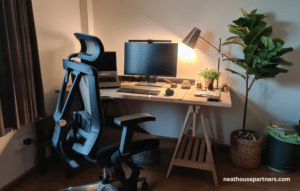"Embracing digital technology enables a more effective implementation of Health and Safety standards, overcoming legacy management's resistance and fostering a global understanding of their implications on specific businesses."
Gary Hagan, Health and Safety Consultant at Neathouse Partners
The workplace landscape in the UK has undergone significant changes from the era of industrial engineering projects. This evolution has necessitated a corresponding adaptation in our approach to work, particularly in the realm of Health and Safety.
From Industrial Heritage to Smart Working: A Journey in Health and Safety
Previously, during the height of our industrial heritage, Health & Safety considerations were not always prioritised. However, as workplaces have modernised with technological advancements, so too has the understanding and implementation of Health and Safety principles. This evolution has been driven not only by legislative changes but also by external factors.
Starting from the Factory Act and extending to the Health and Safety at Work Act, there have been enhancements through guidance notes like HSG 65, originating from the Chemical and Engineering industries. HSG 65, pioneered by Imperial Chemical Industries (ICI), recognised the importance of applying standards to reduce incident rates. As the UK’s industrial activities have shifted towards innovative technologies and global collaborations, HSG 65 remains a cornerstone for ensuring workforce safety, cited within ISO documentation.
In parallel, the rise of ISO standards has integrated HSG 65 into a new framework known as Smart manufacturing, alongside concepts like Just In Time (JIT) Production and trending analyses such as Kazan.
The emergence of new methodologies, particularly with the rapid adoption of cutting-edge production techniques and materials like Nano Technology, leads us towards Digital Transformation within organisations, as outlined in Industry 4.0, departing from traditional manufacturing processes.
While Smart Working and Industry 4.0 are distinct, they often intertwine as complementary practices with varying degrees of implementation.
As industries become increasingly globalised, the United Nations (UN) emphasises sustainable development in working environments, reinforced by the International Labour Organisation’s century-long commitment to improving occupational Safety and Health, monitoring current trends closely.
Historically, Health and Safety initiatives have been perceived as hindrances to productivity by some, lacking understanding of their broader impact on employee welfare.
However, consistent application of HSG 65 can enhance Health and Safety outcomes. When reinforced by Industry 4.0 standards, which electronically consolidate HSG 65 and measure performance against set criteria, businesses can streamline compliance with laws, regulations, and codes of practice.
Embracing digital technology enables a more effective implementation of Health and Safety standards, overcoming legacy management’s resistance and fostering a global understanding of their implications on specific businesses.
Smart manufacturing integrates safety measures to enhance productivity

The decreasing cost and increased accessibility of smart devices, coupled with rapid technological advancements, now enable most companies to analyse safety trends within their organisation. This capability empowers Health and Safety (H&S) practitioners to promptly address any non-compliance or emerging trends, thereby facilitating the transition to “Smart Manufacturing.”
The collection and analysis of data also provide H&S practitioners and managers with insights into potential safety compliance issues within production processes or organisational policies and procedures. Addressing these issues is crucial as they can significantly impact the company’s bottom line.
Businesses that embrace the range of available Artificial Intelligence (AI) tools, which are now more affordable, can enhance workplace safety. Additionally, advancements in 3D visualization software allow companies to better understand their working environments. This aids in determining the appropriate Personal Protective Equipment (PPE) or Respiratory Protective Equipment (RPE), and exploring the use of robotic arms for hazardous tasks. These robotic arms are increasingly replacing humans in dangerous operations such as radiation handling, bomb disposal, or repetitive tasks on production lines.
Striving for a “Zero Harm” ethos
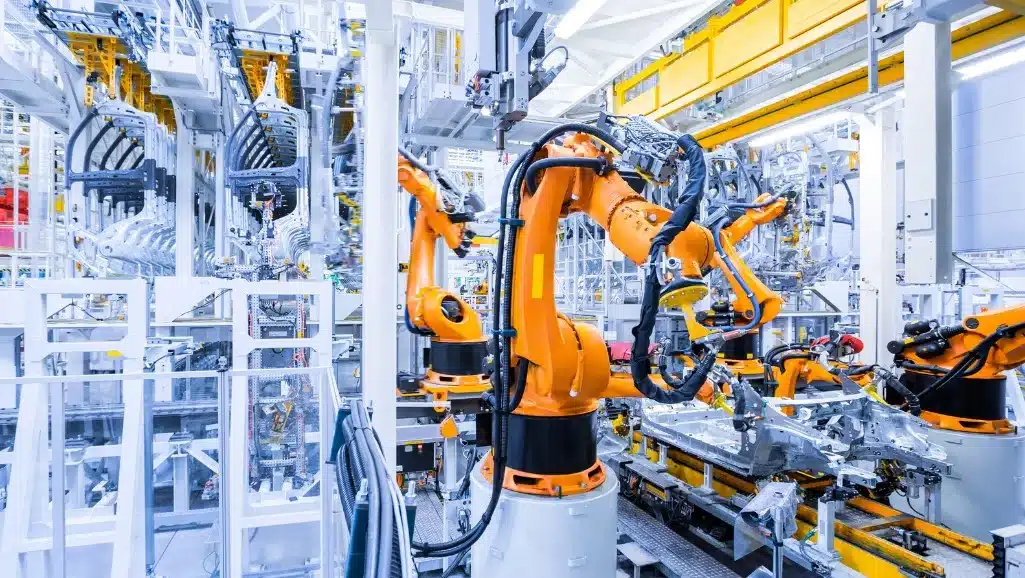
In Industry 4.0, culture and historical practices play a crucial role. Therefore, fostering an environment where everyone can thrive is essential for the transition to Industry 4.0 and smart working.
Many companies aim to implement a Zero Harm initiative, motivated by factors beyond mere commercial interests. The industry must evolve to a point where ‘Zero Harm’ is deeply ingrained in its culture. This requires thorough pre-planning on various fronts—whatever steps are necessary to ensure the safety of business operations.
Whether it involves eliminating health and safety risks or implementing new protocols, safety becomes an integral part of standard procedures. It’s not solely about meeting numerical targets; it’s about adopting a clear mindset that welcomes change and continually seeks improvement. In essence, it’s asking, ‘What more can we do to further reduce or eliminate any negative impacts stemming from our work?’
Providing Reliable Safety Practices
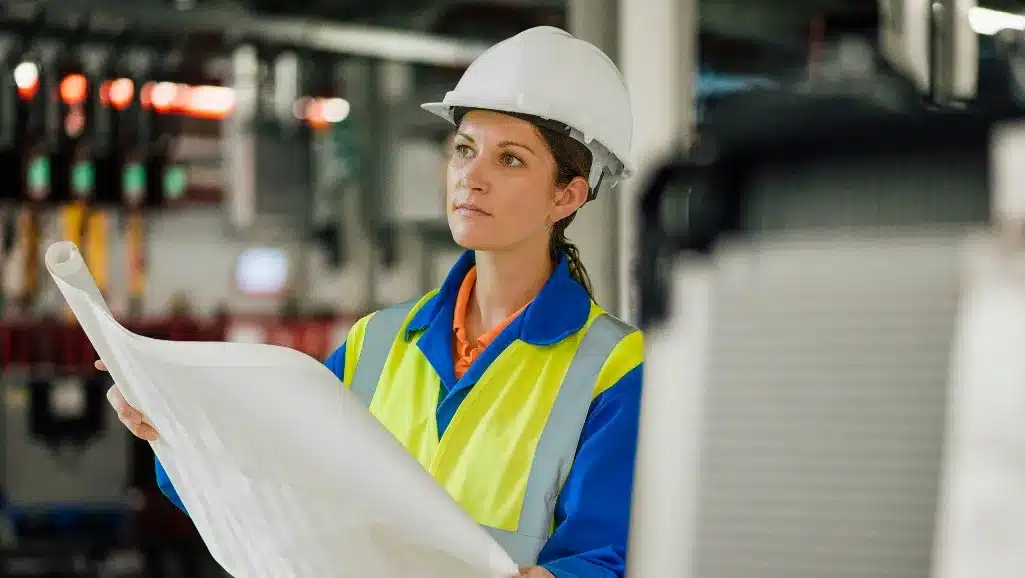
As collaboration among organisations increases, it’s crucial to consider the safety protocols of business partners, regardless of their size. Employers must recognise the paramount importance of health and safety and establish robust processes to safeguard employees, the public, and the business itself.
Managing activities and outstanding tasks across multiple sites when dealing with numerous contractors can be challenging. Therefore, controls should be implemented to ensure that only approved contractors with up-to-date insurance certificates have site access.
Moreover, qualified contractors should only undertake tasks they are trained for, with comprehensive risk assessments completed and approved before work commences. Embracing new technologies such as Industry 4.0 can streamline these processes into an integrated package, alleviating concerns about outdated documentation.
Prioritising Mental Wellbeing
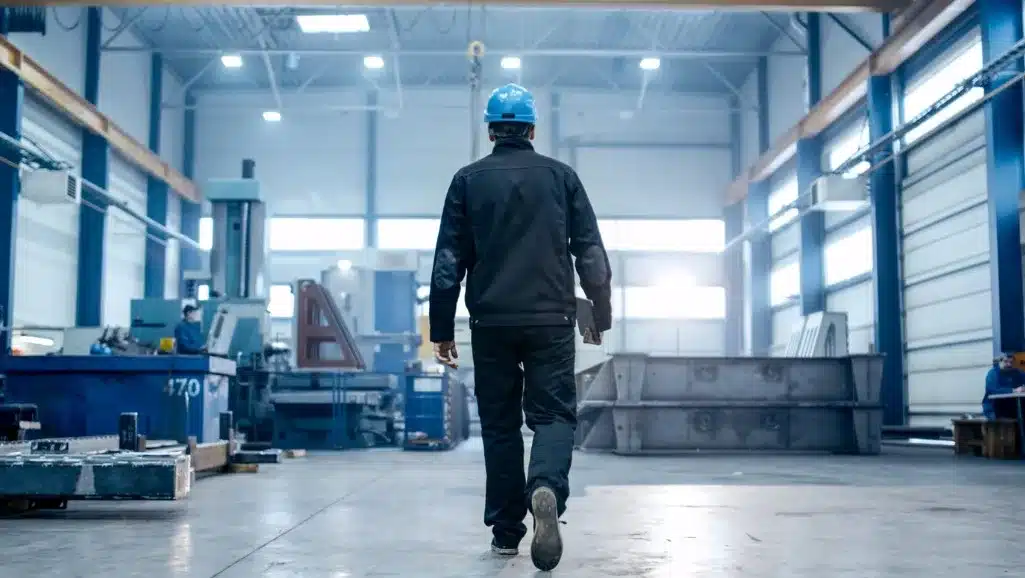
As employees transition to more value-added roles in smart manufacturing, providing a supportive environment becomes increasingly important to help them reach their full career potential and enhance performance in these dynamic times.
Building a Smarter, Safer Future for Employees
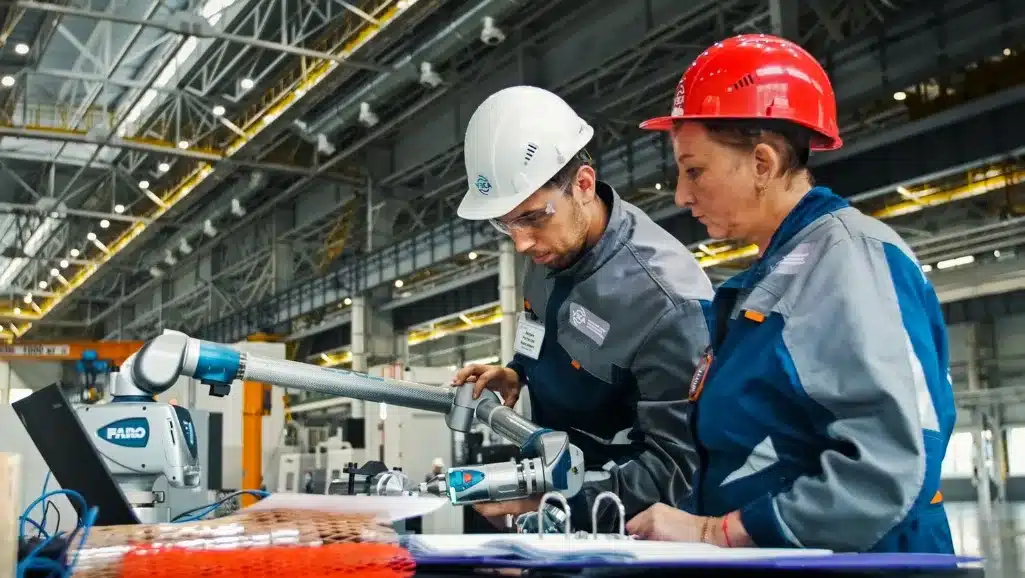
In the fast-paced evolution of smart manufacturing, employees remain the most valuable asset of any company. Prioritising their health and safety not only boosts company morale but also enhances productivity and efficiency.
Leveraging technology, organisations can turn safety into a competitive advantage. Through employee training and partner oversight, consistent safety practices can be maintained within the organisation and throughout the broader customer experience. However, health and safety considerations don’t end there; holistic well-being, including mental health support, is also essential.
By incrementally transforming workplaces and embracing smart systems, organisations can create a conducive environment for effectively and responsibly adopting and implementing smart working practices.
How Can Neathouse Partners Help?
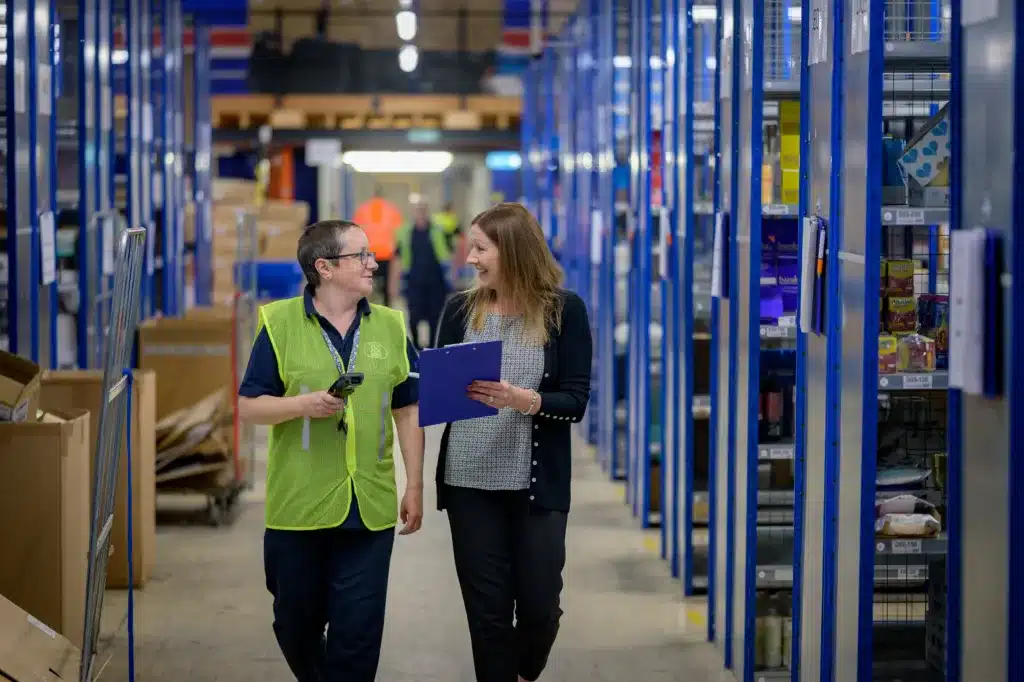
Transitioning to smart working, besides its technological advantages as explained earlier, brings forth numerous compliance challenges. These include drafting Risk Assessments, Method Statements, and acknowledging sub-contextual materials such as Legionella, Asbestos, COSHH, etc.
Additionally, there are legal obligations to ensure full compliance with employment law, including responsibilities and obligations concerning medicals for both employees and others.
Neathouse is suitably positioned to ensure that your objectives are achieved with complete compliance. Our dedicated staff can assist in implementing the aforementioned requirements or aiding in any transitions necessary to meet your objectives.




